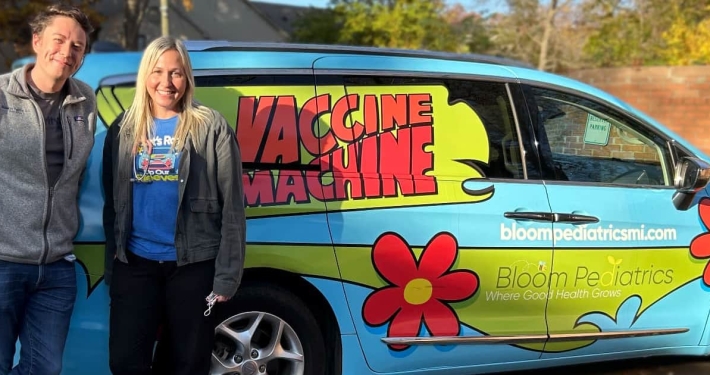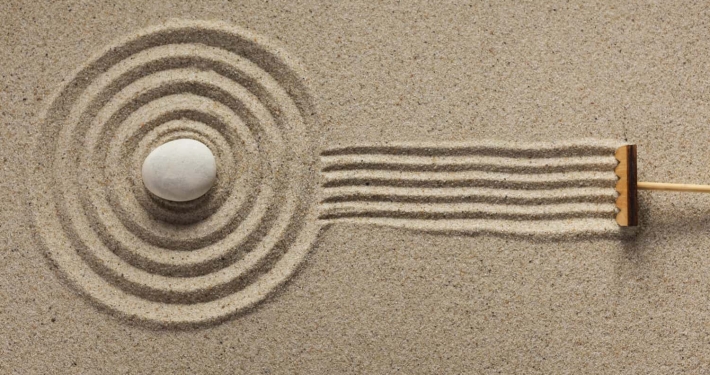Chip Hart coaches and guides pediatricians as they navigate the changing business world of medicine. He combines more than two decades of experience working with busy pediatric practices all over the country with his passion for real world data and good medicine, to deliver practical observations, pragmatic advice, and proactive strategies.
As pediatricians, you surely understand the “earn” part. You started with good grades in college. You worked hard and got into medical school. There, you faced long competitive hours of study and even more grades. Massive student debt piled up as you raced into residency where, between long periods of sleep deprivation, you then learned how little you really knew. The pathways to independent practice post-residency are myriad, but in on form or another, you’ve worked countless hours, shouldered enormous financial risk, and your patients, employees, and partners (if you have any) depend on you to perform small miracles every day.
It’s a rare pediatrician I meet who hasn’t earned every inch of what he or she has achieved.
The second half of that expression is more interesting to me, however. Living. Being a pediatrician isn’t your “work.” You didn’t throw a dart when you were 18 to watch it land on PHYSICIAN and then, worse, PEDIATRICIAN. It called to you. You like to play with the kids. You get special joy from the positive effect you have on their lives.
In fact, you told us why you chose to be a pediatrician in the first issue of The Independent Pediatrician — ultimately, you believe that “Pediatricians deliver pediatric care best. Better than hospitals, insurance companies, or health care organizations.”
Being a pediatrician is what you do to live.
That’s one of the reasons why, when I hear pre-retirement pediatricians talk about walking away from their jobs, I always ask, “To do what?” What other role could you play in your life that would be as fulfilling? If there were an obvious choice, you’d have identified it and gone to it a long time ago!
In this issue, we feature a piece about the Nash family of St. Louis, MO, whose calling to pediatrics is so powerful that it spans across generations.
An accurate data-driven review of the pediatric world for 2014 isn’t yet possible at the time of this writing, but much of the evidence looks positive. Thanks in large part to the Medicaid boosts from the ACA, many pediatric offices have seen a significant improvement to their bottom lines, though it has already disappeared into a puff of smoke — a puff of smoke that is gone before it even arrived for many.
“It’s a rare pediatrician I meet who hasn’t earned every inch of what he or she has achieved.”
On the technology front, I think we are in the nascent phase of an enormous shift in how medicine is delivered in primary care. Your patients will become more engaged (finally!) and interactive with you. In the not-too-distant future, you’ll be able to talk with your patient in the exam room, on a screen, at your mutual convenience. Or it will happen asynchronously as you exchange messages with each other in your effort to help them manage their chronic conditions. Can you imagine what someone like Dr. Bill Zurhellen, whose story is inside, could develop for his patients?
The secret to making this new pediatric world order work for independent practices is to get the new patient communication paradigm paid for. Fortunately, you can count pediatricians like Dr. Sue Kressly among your peers. Her constant battle on behalf of her patients and pediatricians everywhere has delivered real, long-lasting results.
One amazing trend that we’ve seen at PCC is the increase in new or “start up” practices. In 2014, we’ve had a higher rate of these practices than any year I can remember. About a third of PCC’s new clients last year started from scratch, having left a larger group or otherwise gone out on their own. Our review of Dr. Cecilia Penn’s office in the Virgin Islands is a classic example. She knew she would be more effective for her patients and more successful if she did it herself. And she was clearly right.
What is behind this potential resurgence of small independent practices? And what about the clear boom in the larger independent group model? I think we’re seeing an accelerated version of the pendulum that swung back and forth in the 90s into and out of private practice. Previously, as hospitals and health systems bought up practices, there was a 3-5 year lag before clinicians woke up to their dislike of being “owned” and returned to private practice. Today, I think there are enough doctors with institutional memory and enough stories have been shared with new practices that there are actually pediatricians going independent or forming independent groups before the cycle has even run its course!
According to the US Small Business Administration, any pediatric practice with less than $11m in
annual revenue qualifies as a “small business.”1
Non-scientifically, the majority of independent pediatricians reading this magazine are within a standard deviation of that $11m definition. (Fear not, you mega-groups, today’s message still counts.) Although the practice of pediatrics is a calling, although you didn’t choose your specialty because of the money, and although it may not feel like a “job,” at the end of the day it’s still your business.
That’s really the distinction between you and your peers who have decided to become someone else’s employee. Why are you up at night? Because you want to do more. For yourself, your family, and your patients.








